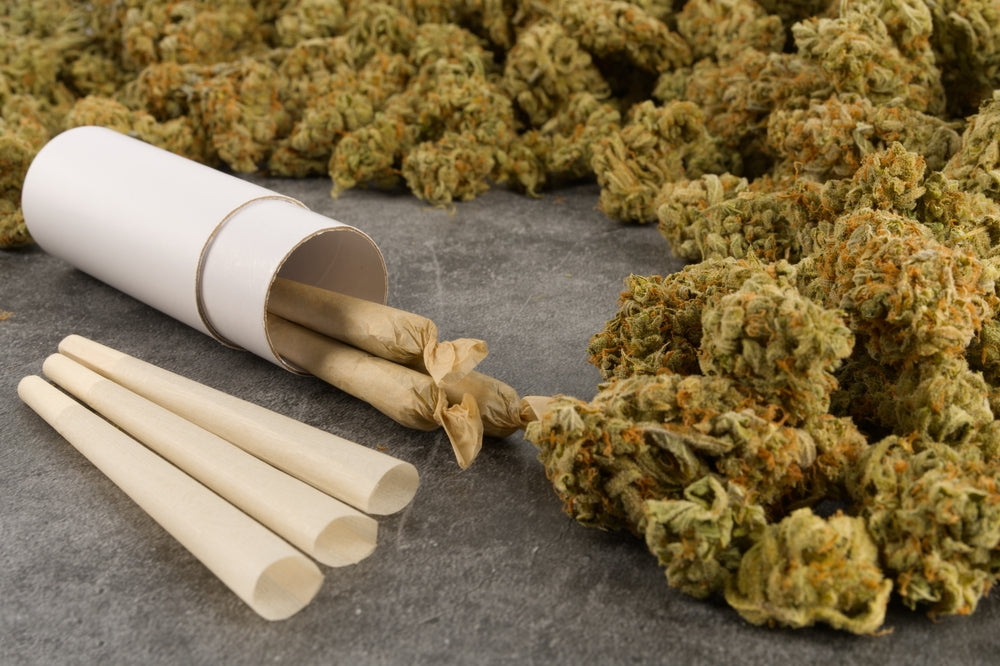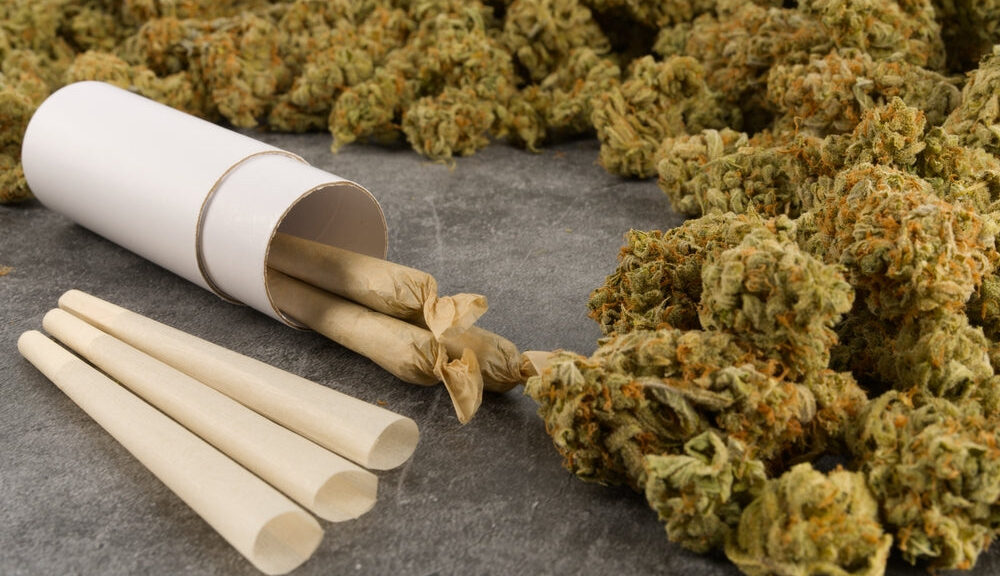
A new scientific study just revealed how to roll the perfect joint. Using smoking machines, the study tested the intensity of individual joints with varying ingredients and styles. This study was prompted after the Canadian government did a study to see what ways their citizens preferred smoking their weed. Around 70% of them said they preferred traditional smoking methods such as joints. But just because most Canadians prefer smoking joints doesn’t mean they are getting the full effects of their cannabis.
To answer this question, president, and chief scientific officer of Delic Labs, Markus Roggen did a study on joint composition and rolling style. In an interview with the Scientific American he stated, “There’s a lack of quantitative research on joint smoking. I want to understand what happens during inhalation on the chemistry side,”. Their study asked what the most important factors are in determining cannabis’s potency and intoxicating effect. They also studied what factors contributed to an enjoyable experience. Their study was presented at the Canadian Chemistry Conference and Exhibition in June.
To sum up their study, the amount of thc and cbd administered to the smoker all comes down to particle size. According to the Scientific American, “The amount of THC and CBD delivered by each joint suggested particle size does matter for intensity. For both cannabis strains, the 1-mm particle size delivered the most cannabinoid per puff, while the 5-mm size was less intense but led to longer-lasting joints. Smaller chunks exposed a greater surface area to the flame more quickly, providing a faster and more efficient burn. And regardless of particle size, the highest concentration of cannabinoids per puff came toward the end of the joint.”. Terpenes on the other hand only contribute to the flavor of the drug, not the concentration and mainly came out at the beginning of the joint and tapered off towards the end. This means that there is the strongest flavor of the joint at the beginning and the strongest concentration of cannabis at the end.
Read the whole article from the Scientific American here.


